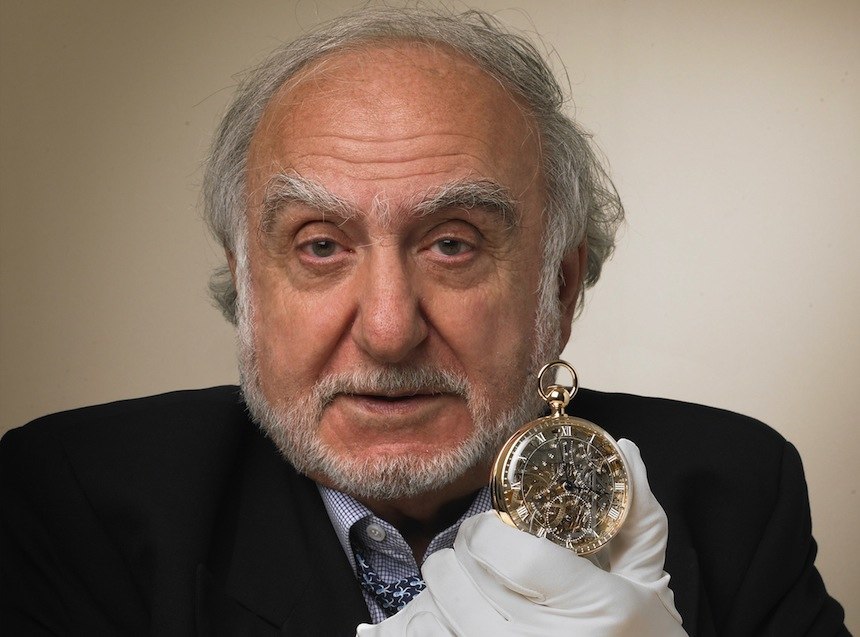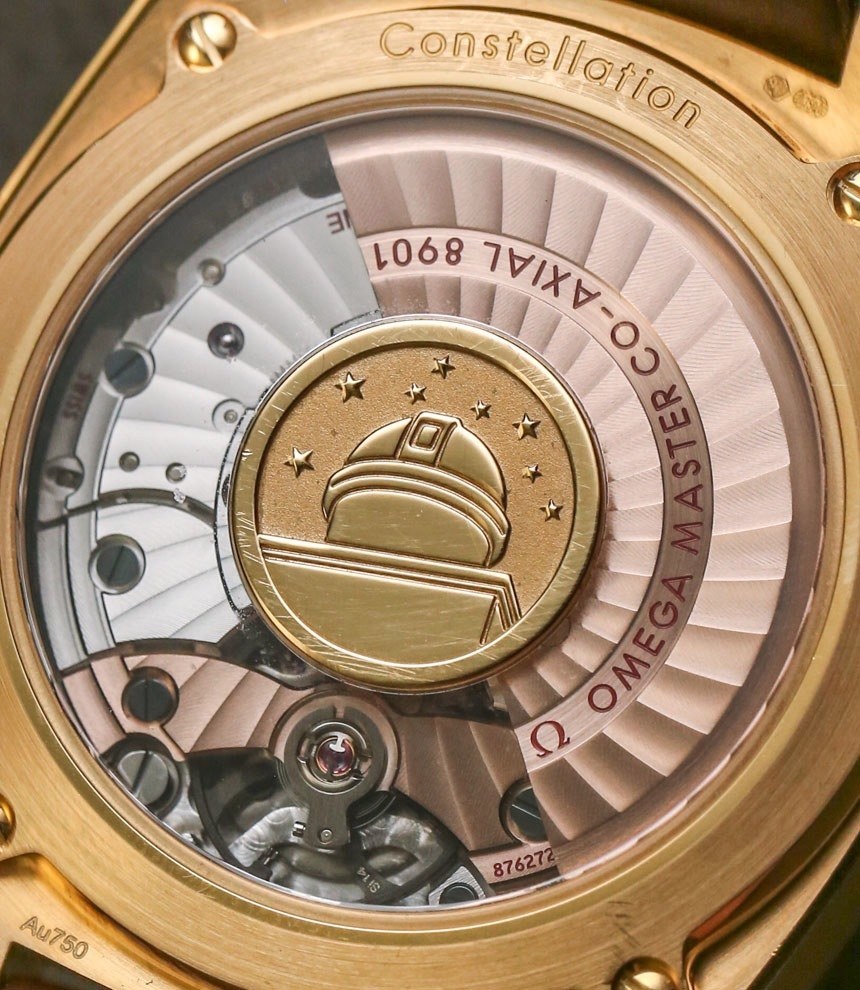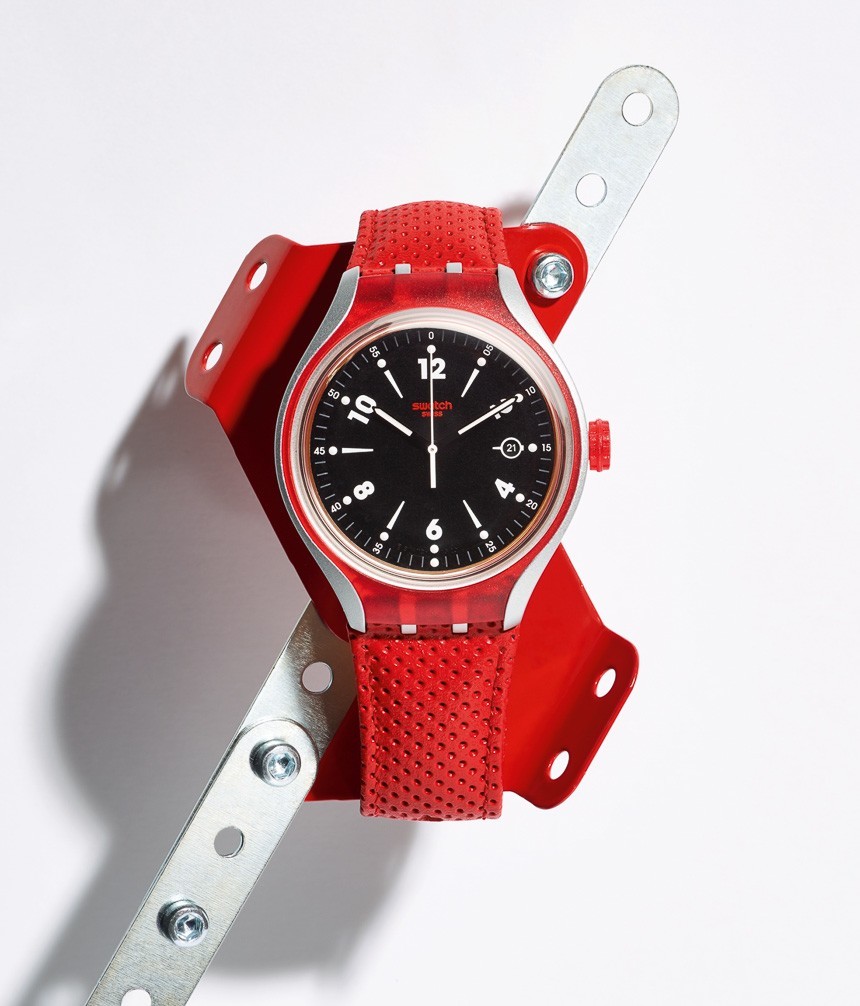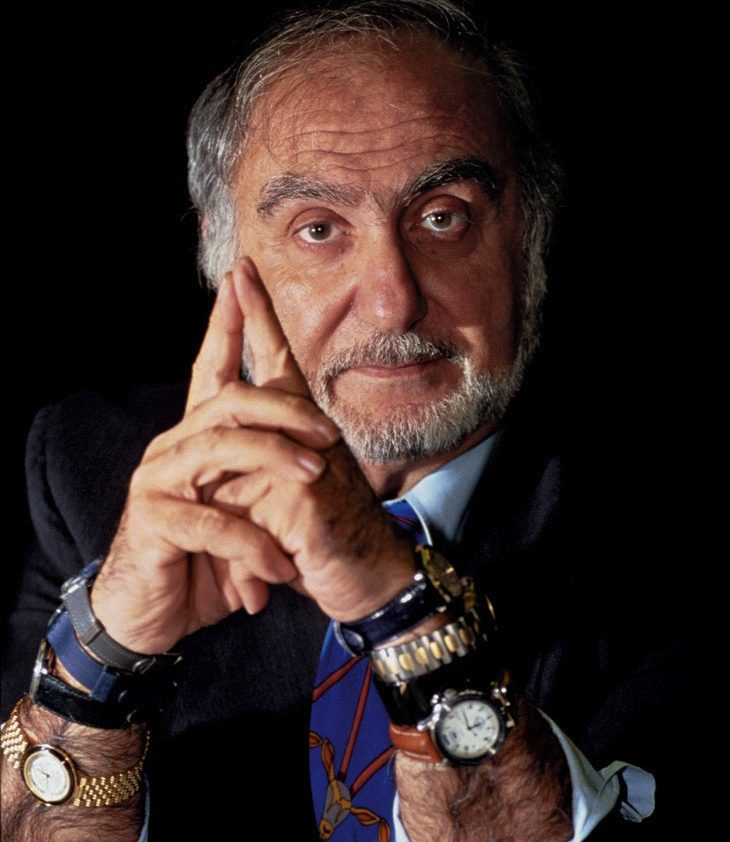
“Each brand is different, so each message is different. But each brand has a message. My job is to sit in the bunker with a machine gun defending the distinct messages of all my brands. I am the custodian of our messages. I review every new communications campaign for every single brand.”
Here we see Hayek’s sense of humor as well as his zealous defense of what he felt was worth protecting at the brands. Remember that Hayek’s main experience was with people “ruining” brands. So his focus on aggressively “defending the distinct message” of the brands wasn’t about conservatism or control, but rather an insurance policy that the managers didn’t start treating all the brands in the exact same way. Hayek understood how quickly the Swiss fell into a culture of consensus – which means everything is the same. Thus, he needed to continually remind people that the brands all needed to look, act, market, behave, and communicate differently. One might read this quote in shocked surprise of his controlling stance, but I think the more appropriate thing to feel is that he was expending enormous amounts of energy to ensure people were doing their jobs properly. Are enough people doing that today with Hayek gone?

“We made the investment in SMH in 1985, and we were free to act. I pushed out practically the entire management of Omega. I fired a lot of people. I got the reputation as a brutal guy. I am not a brutal guy. But the organization was so full of arrogance and stupidity that I didn’t have much choice. Then we implemented our strategy to give Omega back its message. Not an image, a message. We had to be clear, consistent, and credible.
Omega is an elite watch for people who achieve—in sports, the arts, business, the professions—and help shape the world. It is a watch for people who are somebody because they made themselves somebody, not because their grandfather left them a trust fund or because they made money from insider trading. The astronauts who landed on the moon achieved something. They were smart, healthy, courageous. They wore Omega. So did the Soviet cosmonauts. That message had been destroyed.”
Once again Hayek refers to the legacy management of Omega in less than glowing terms. He is actually proud that he was able to eradicate the diseased elements of the brand in order to save it. Though, it clearly wasn’t easy. Hayek’s decision to fire everyone is a very un-Switzerland like thing to do given the country’s worker-friendly policies and disdain for employers who terminate “non-offending” employees. Hayek needed to go to great lengths to save Omega, and most people would agree that it worked out rather well for Omega. Hayek’s work for Omega was extremely promising, and many of his lessons continue in the brand today. I think there are lessons here that most all watch brands today can learn when it comes to shaping the personality of the brand as well as making sure that each timepiece created by the brand meets a high standard and delivers the full brand message.

“We stopped building lavish or showy [Omega] watches—people who achieve don’t care about those things. We stopped making Omegas with gold plating. We make smart watches out of real metal: platinum, titanium, gold, special steel alloys.”
Once again Hayek utters a statement with an inherent contradiction in it, but it is an opportunity glimpse into his mind. By first saying that you want to stop building showy watches and then talking about making them in gold and platinum you are clearly contradicting yourself. What Hayek was referring to wasn’t case material but rather not wanting to make watches that were designed to look more expensive than they are, or that are just about catching attention.
Omega – to Hayek – was a tool watch maker who produced purpose-based timepieces for smart, successful people. The gem here is his clever insight that “we stopped building lavish or showy watches – people who achieve don’t care about those things.” The suggestion here is that people who have really achieved success in life (Hayek likes to separate them from those who inherited money) aren’t interested in showing off as much as they are interested in nice stuff. Hayek implies quite correctly that people who have less confidence in their success are the ones who need to visually impress others with their status in life. With a message like this in place, Omega has for the most part retained its mission as a “functional watch brand.” Have other companies also heeded this same advice? How has it worked for them and how will it work for them in the coming years?

“I really believe the phenomenal success of these $40 watches helps the climate for selling $500 watches—or $5,000 watches, for that matter.”
The $40 watches Hayek is referring to are the base Swatch timepieces. He is suggesting that the popularity of inexpensive watches helps people consider higher-end watches. He uses the term “helps the climate for selling,” whereas I’ve said similar things in other words. I think the logic even applies to inexpensive smartwatches as helping the climate for selling $5,000 watches – which I discussed at length here. I did enjoy seeing Hayek suggest this, and then reminded myself that outside of Swatch (which hasn’t had an invigorated marketing message in a while) the watch industry doesn’t sell many sub-$100 watches. Is this a wise thing?
Hayek not only claims that people being interested in low-end watches creates a positive awareness of the category and thus leads people (eventually) to high-end watches, but he also reminds the industry that the low-end is extremely important and that it should always serve as a foundation for higher-end good. Today much of the Swiss watch industry thinks it can get away with selling only high-end goods, and that strategy has worked disastrously for it in modern times.
“We have some advantages here in Switzerland. We have hundreds of years of experience in the technologies and techniques of watchmaking. Families have spent generations in our factories. They have a feel for this business, a special touch. They are masters at working with parts so small you need a microscope to see them. Not to mention the tooling to build these parts. There are plenty of toolmakers around the world, but not for parts with these dimensions.
When we designed the Swatch factory, we built special machines for injection molding, automated assembly—virtually everything. There were only a handful of people in the world with the know-how to build those machines. They all lived in this part of Switzerland.”
Hayek truly believed that while elements of Swiss culture were very incompatible with running large organizations where decisions needed to be made on a regular basis, he did find that other elements of their culture made them excellent at routinely making precision-made, carefully manufactured products like watches. Hayek doesn’t ever seem to go into too much detail about this, but I’ve thought about it a lot and I know what he is talking about.
There is a lot of truth to the notion that certain elements of Swiss culture make the people particularly well-suited to the production of precision micro-engineered products. The only other country in the world that he afforded this credit to is Japan.

What Hayek was able to do is understand when to, and when not to give various people decision making power. He understood when to tell people to be creative and when they should take orders. He liked to test people’s problem solving skills, and encourage them to always do better. Hayek was a “master Swiss handler,” and that might be exactly what the watch industry needed to get things done. Hayek understood that left to their own devices the former managers of the watch industry would have been more than happy to run the industry into the ground – or worse, sell their companies to Asia. Who will be the person today to save the Swiss watch industry from unintentionally ruining itself by overproducing products and under-resourcing its departments?


